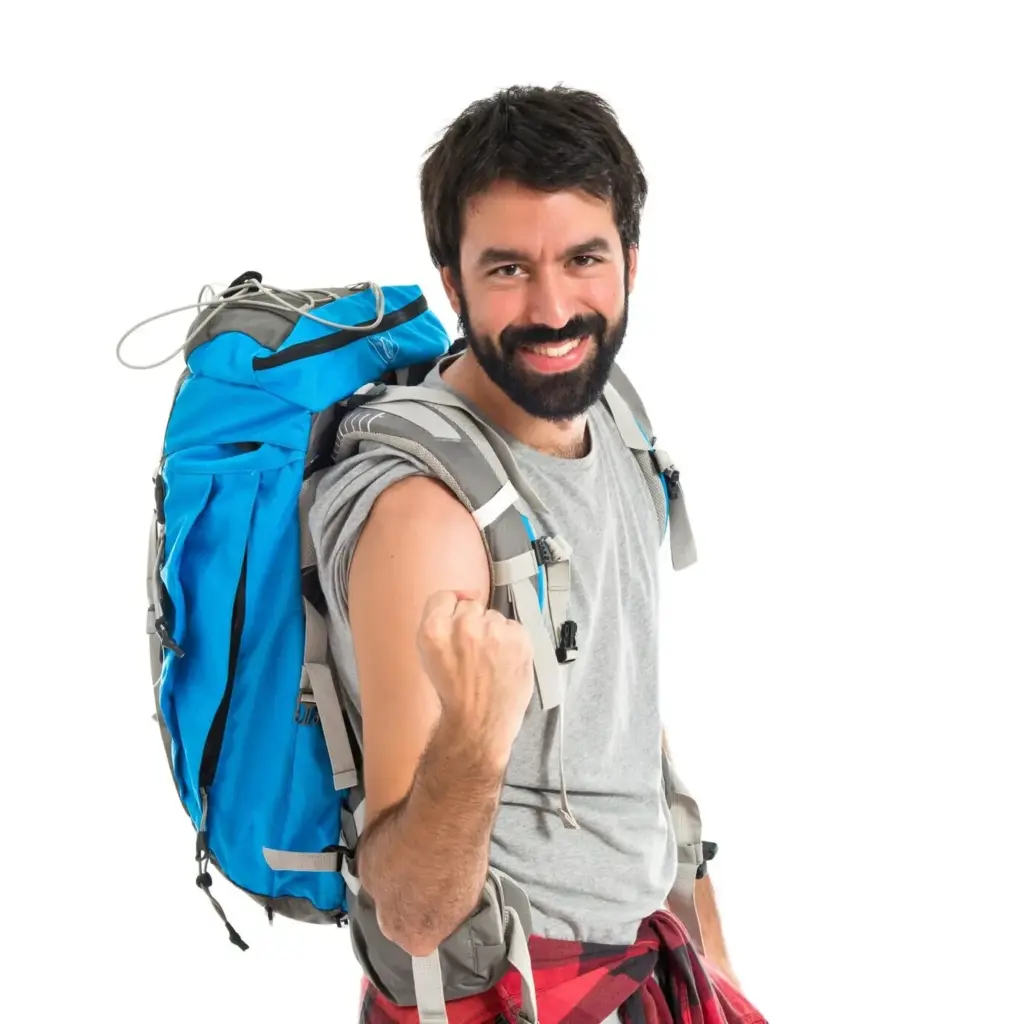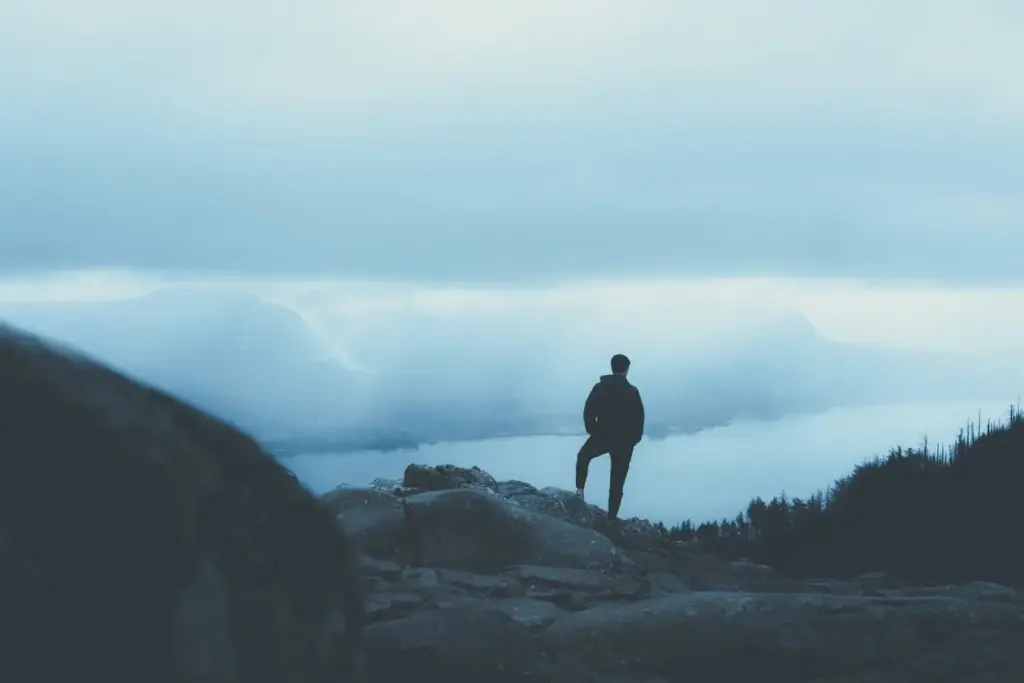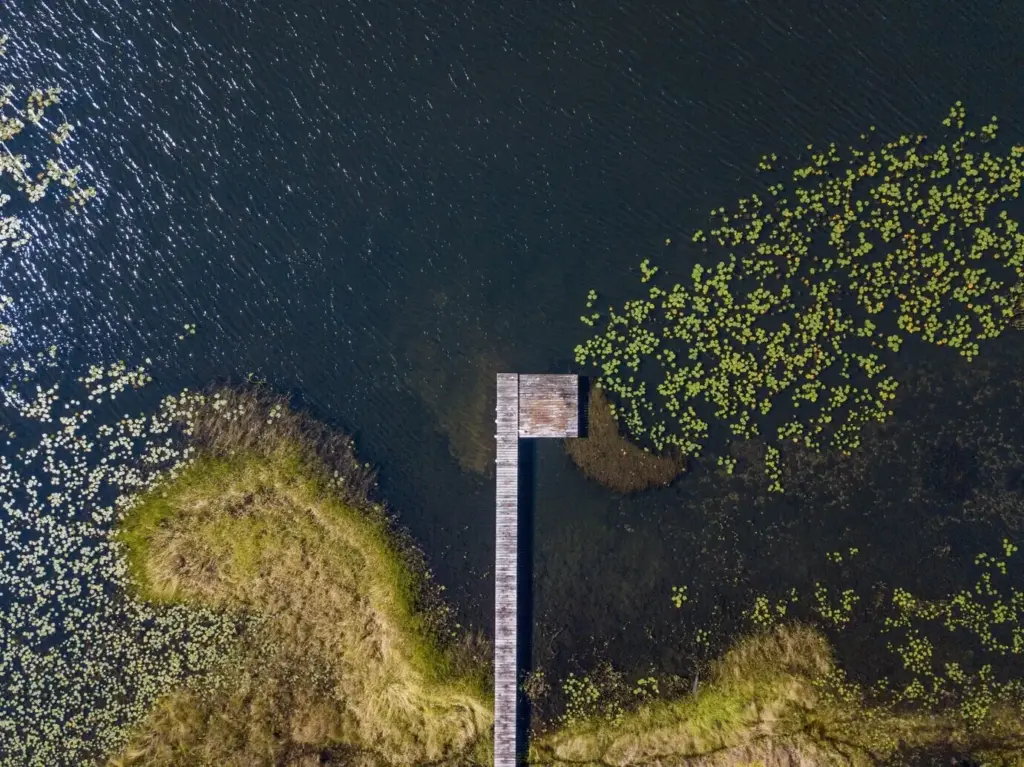Confident Steps Into the Wild
Plan Smart Before You Start
Pack a First Aid Kit That Earns Its Place
Choose compact items that solve likely problems: blister patches, elastic wrap, gauze, tape, antiseptic, antihistamine, pain relief, tweezers, safety pins, gloves, and a triangular bandage. Add a small tourniquet and hemostatic gauze if you travel remote. Practice opening, using, and repacking everything with cold hands so muscle memory works when stress spikes.
Maps, Apps, and a Trusty Compass
Redundancy beats bravado. Download offline maps, carry an external battery, and learn your app’s coordinate formats before departure. Pack a baseplate compass and a paper map sealed in a zip bag, then practice taking bearings at home. If batteries die, your legs and simple tools still guide you safely back.
Check-Ins and Turnaround Discipline
Small promises keep adventures honest. Text a start photo, set radio channels if your group uses them, and agree on firm turnaround times regardless of summit fever. Build a simple overdue plan with your contact: when to worry, whom to call, what details to share. Reliability saves rescuers time and you embarrassment.
Calm Actions When Minutes Matter




Weathering the Elements With Skill
If You Get Lost, Get Found Faster






Stronger Together on the Trail
Pre-Briefs, Roles, and Buddy Checks
Start every trip with a two-minute huddle: who carries the group kit, who tracks time, who navigates, and who watches the weather. Pair buddies who check each other’s water, layers, and energy at each stop. Note allergies and medications discreetly. Share radio channels or phone settings for emergencies. Rotating roles builds skills and confidence across the group, making resilience a shared asset rather than a fragile single point of failure.
Mindset Tools for Stressful Moments
Panic is contagious, and so is composure. Use simple scripts—name the problem, name the next step—to shrink chaos. Practice box breathing and grounding techniques that anchor attention in the body. Appoint a calm communicator who narrates progress and checks understanding. When conflicts appear, pause the mission, paraphrase concerns, and choose the safest option that still meets goals. Later, thank the person who spoke up; rewarding candor ensures it shows up again when stakes are higher.

